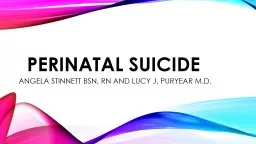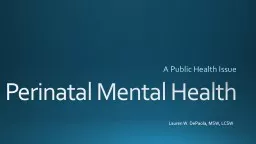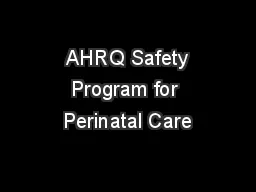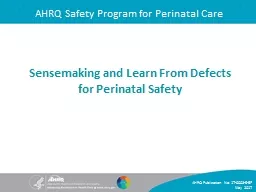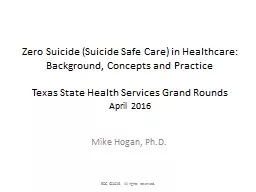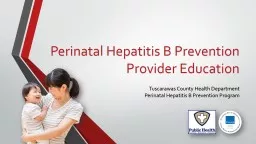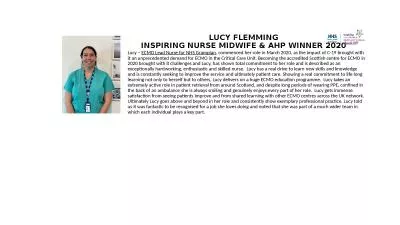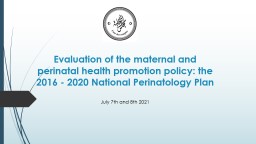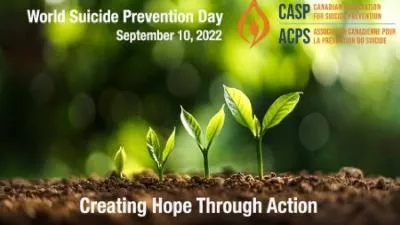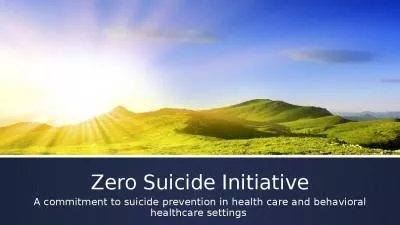PPT-PERINATAL SUICIDE ANGELA STINNETT BSN, RN AND LUCY J. PURYEAR M.D.
Author : nicole | Published Date : 2022-05-31
SUICIDE DEFINITION AND FACTS The World Health Organization WHO defines suicide as the act of killing oneself The act must be deliberately initiated with the full
Presentation Embed Code
Download Presentation
Download Presentation The PPT/PDF document "PERINATAL SUICIDE ANGELA STINNETT BSN, R..." is the property of its rightful owner. Permission is granted to download and print the materials on this website for personal, non-commercial use only, and to display it on your personal computer provided you do not modify the materials and that you retain all copyright notices contained in the materials. By downloading content from our website, you accept the terms of this agreement.
PERINATAL SUICIDE ANGELA STINNETT BSN, RN AND LUCY J. PURYEAR M.D.: Transcript
Download Rules Of Document
"PERINATAL SUICIDE ANGELA STINNETT BSN, RN AND LUCY J. PURYEAR M.D."The content belongs to its owner. You may download and print it for personal use, without modification, and keep all copyright notices. By downloading, you agree to these terms.
Related Documents

